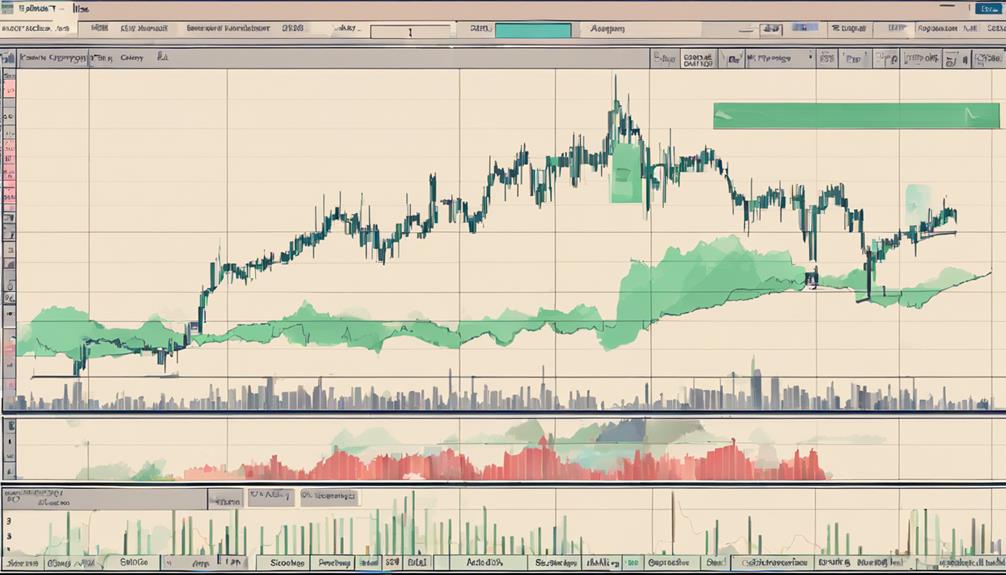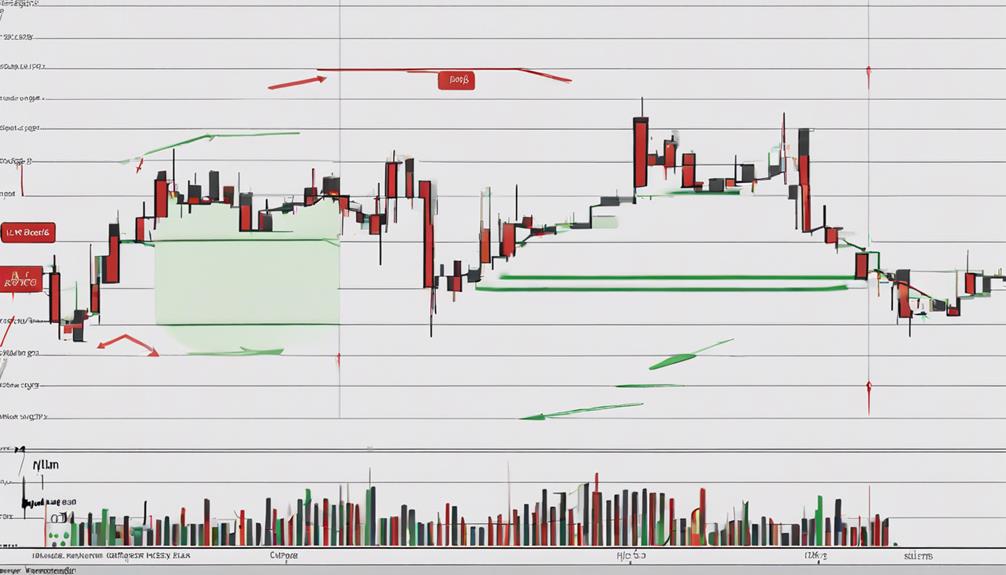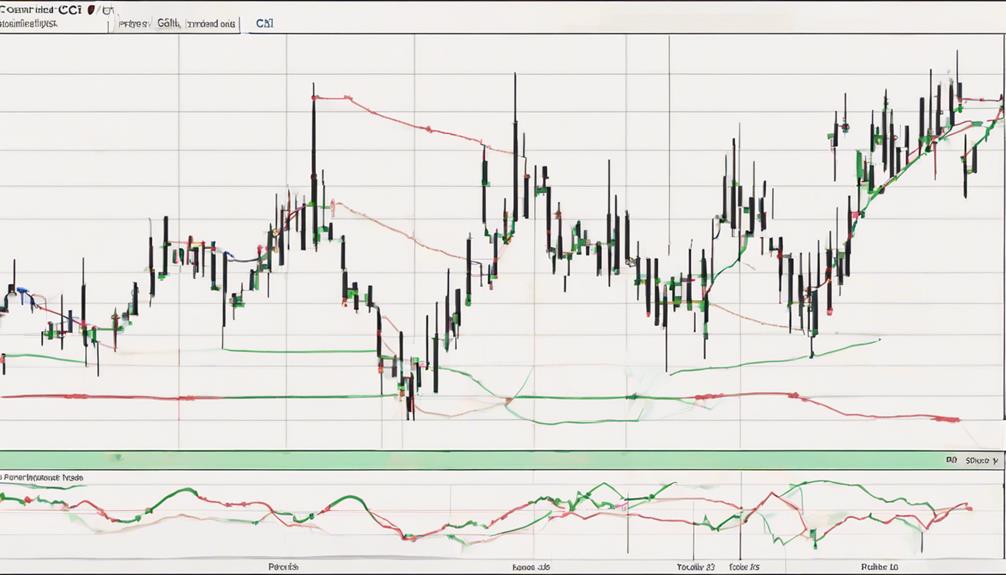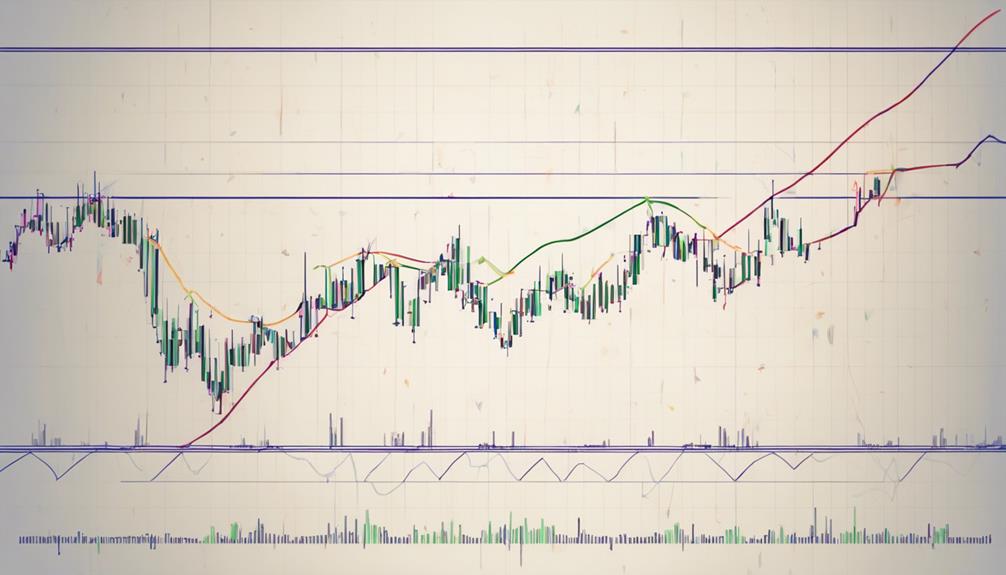You might not be aware that mastering the top momentum indicators can significantly enhance your stock trading strategies.
These indicators offer a unique perspective on market movements, aiding in decision-making processes. By understanding how each indicator works and when to utilize them, you can potentially gain an edge in navigating the complexities of the stock market.
Curious to uncover how these indicators can help you stay ahead in your trading endeavors?
Understanding Momentum Indicators
Understanding momentum indicators is crucial for analyzing stock price movements effectively in the market. These indicators, such as the Relative Strength Index (RSI) and Moving Average Convergence Divergence (MACD), provide insight into the strength of price trends.
By utilizing momentum indicators, traders can identify potential overbought or oversold conditions in stocks, helping them make informed decisions. For instance, an RSI above 70 may signal overbought levels, indicating a possible reversal in the stock's price, while an RSI below 30 could suggest oversold conditions, hinting at a potential price increase.
Recognizing these signals is paramount in navigating the complexities of stock trading and capitalizing on favorable opportunities that arise in the market.
Relative Strength Index (RSI)

To grasp the significance of Relative Strength Index (RSI) in stock trading, it's crucial to recognize its role as an indicator of momentum, strength, and potential trend reversals. RSI compares recent gains and losses, providing readings between 0 and 100. Readings above 70 suggest overbought conditions, while those below 30 indicate oversold conditions. Traders use RSI to evaluate the strength of price movements, identify potential turning points, and confirm buy or sell signals in technical analysis.
Average Directional Index (ADX)

The Average Directional Index (ADX) assists traders in evaluating the strength of market trends, providing a reliable measure irrespective of trend direction. Developed by J. Welles Wilder, this technical indicator measures the strength of a trend, with ADX values ranging from 0 to 100.
Readings above 25 indicate a strong trend, helping traders filter out weaker trends and focus on more reliable ones. ADX can be a valuable tool to identify potential entry and exit points based on trend strength.
Commodity Channel Index (CCI)

Traders utilize the Commodity Channel Index (CCI) as a momentum indicator to pinpoint cyclical trends in commodities or stocks, aiding in the identification of overbought or oversold conditions based on deviations from the average price.
When exploring CCI, consider the following key points:
- Developed by Donald Lambert, CCI helps identify potential trend reversals in the market.
- CCI values above +100 signal overbought conditions, while values below -100 indicate oversold conditions.
- Traders use CCI to fine-tune their trading strategies for different timeframes.
- The indicator's ability to detect cyclical trends makes it valuable for market analysis.
- Utilize CCI in combination with other indicators for a comprehensive trading approach.
Moving Average Convergence Divergence (MACD)

With its acronym standing for Moving Average Convergence Divergence, this widely-used momentum indicator, MACD, is instrumental in identifying potential trend shifts and optimal entry/exit points for traders.
The MACD line crossing above the Signal Line generates a bullish signal, signaling favorable buying opportunities. Additionally, the histogram on the MACD chart illustrates the difference between the MACD line and the Signal Line, offering insights into the strength of the price momentum.
Traders also pay attention to divergence between price highs and MACD highs, as it can indicate potential reversals in the price trend. By incorporating MACD into your technical analysis, you can enhance your ability to navigate market fluctuations and make informed trading decisions.
Can the Momentum Indicators for Long-Term Investments Also be Used for Effective Stock Trading?
When it comes to effective stock trading, using the best momentum indicators for longterm investments can provide valuable insights. These indicators can help identify trends and potential entry or exit points, making them useful tools for both long-term investors and active traders looking to capitalize on market movements.
Frequently Asked Questions
What Is the Most Accurate Momentum Indicator?
The most accurate momentum indicator is the Relative Strength Index (RSI). It precisely determines overbought or oversold conditions by comparing recent price gains to losses. Traders trust RSI for precise entry and exit points in volatile markets.
Which Is the Most Successful Stock Indicator?
When considering the most successful stock indicator, the Relative Strength Index (RSI) stands out. It excels in pinpointing overbought and oversold market conditions, guiding traders with valuable entry and exit signals. Its clarity and effectiveness are unparalleled.
Which Indicator Has Highest Accuracy in Stock Market?
When looking for the indicator with the highest accuracy in the stock market, the Relative Strength Index (RSI) stands out. RSI excels in pinpointing extreme price conditions, aiding traders in identifying optimal entry and exit points.
What Is the Indicator for Momentum Trading?
When trading for momentum, use indicators like Relative Strength Index (RSI), Moving Average Convergence Divergence (MACD), and Stochastic Oscillator. These tools help you gauge market strength, identify trends, and make informed decisions for successful stock trading.
Conclusion
In conclusion, mastering the top momentum indicators is key to successful stock trading. By utilizing tools like RSI, ADX, CCI, MACD, traders can navigate the market with confidence and precision.
These indicators provide valuable insights into price movements, helping you make informed decisions and maximize profits.
So, go ahead and conquer the stock market with the power of momentum indicators – it's like having a secret weapon in your trading arsenal!
